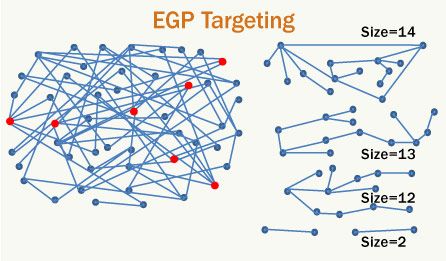Aug 30, 2008
The Singularity Summit 2008
Posted by Chris K. Haley in categories: futurism, robotics/AI
The Singularity Institute for Artificial Intelligence has announced the details of The Singularity Summit 2008. The event will be held October 25, 2008 at the Montgomery Theater in San Jose, California. Previous summits have featured Nick Bostrom, Eric Drexler, Douglas Hofstadter, Ray Kurzweil, and Peter Thiel.
Keynote speakers include Ray Kurzweil, author of The Singularity is Near, and Justin Rattner, CTO of Intel. At the Intel Developer Forum on August 21, 2008, Rattner explained why he thinks the gap between humans and machines will close by 2050. “Rather than look back, we’re going to look forward 40 years,” said Rattner. “It’s in that future where many people think that machine intelligence will surpass human intelligence.”
Other featured speakers include:
- Dr. Ben Goertzel, CEO of Novamente, director of research at SIAI
- Dr. Marvin Minsky
- Nova Spivack, CEO of Radar Networks, creator of Twine.com
- Dr. Vernor Vinge
- Eliezer Yudkowsky
You can find a comprehensive list of other upcoming Singularity and Artificial Intelligence events here.










